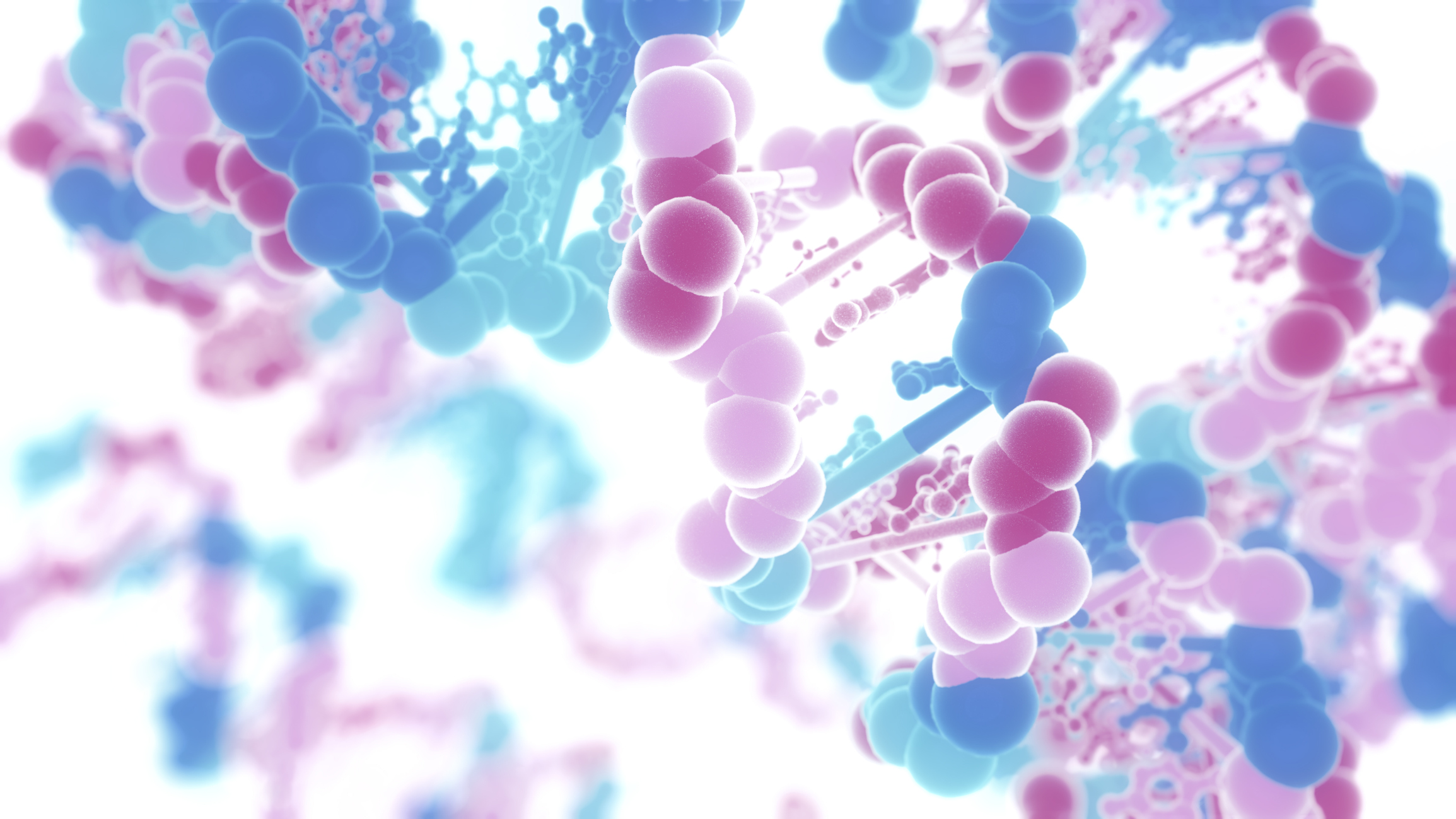Researchers from Erasmus MC in Rotterdam and TU Delft are working together on a method for detecting more aggressive cancer cells that are responsible for many metastases. These cancer stem cells behave differently from other cancer cells and play a major role in cancer recurrence and metastasis. Scientific journal Nature Biomedical Engineering recently published this research.
Biomarkers
The research is being conducted by Miao-Ping Chien from Erasmus MC and Daan Brinks from TU Delft. Chien: “We’ve known for a long time that cancer stem cells exist, but being able to sequence exactly those cells is the holy grail, so to know which DNA and RNA are in them. Just looking at the outside of the cell is not enough for these special cells.” It turns out that biomarkers found in these cells are highly subject to change.
The cancer stem cells behave much more aggressively than normal tumor cells. They tend to move around more than other cells, and they don’t divide into two cells, as in normal cell division, but into three or four cells.
By deciphering the genetic sequence of individual cells, it becomes clear how these cells work and also how they can be switched off. Determining the genetic profile of cells has been possible for some time, but this has only been possible for a few years now for single cells. Chien and Brinks have now found a method that highlights the aggressive cancer stem cells so that they can be found more easily, then separate them from the other cells and determine the RNA sequence.
ray of light
Finding the aggressive cells, of which there are only a few, was no easy task. It required a microscope that could image a very large number of cells simultaneously and software to analyze the images. The two researchers developed a microscope that continuously studies the images and ‘sees’ which cells display abnormal behaviour. The microscope then sends a beam of light to the aggressive cancer cells found. They light up because the fabric has been pre-treated with a special fabric. Then the glowing cells are selected, which are then ready for RNA sequencing and analysis.
Chien explains: “We can now determine the genetic profile of the aggressive cancer cells. And if you know what happens in those cells, you can develop medicines for it. We’ve already discovered a mechanism in a few months, where others took a few years with the existing techniques. We happened to come out with that around the same time. Maybe it will be possible with our method in a few weeks.”
Chien and Brink are now setting up a company called UFO Biosciences, so that researchers from all over the world can send cell samples or pieces of cancer tissue for analysis. According to them, there is already a lot of interest in this from other universities and research institutes.
More information
Visit the UFO Biosciences website
Reference
–


